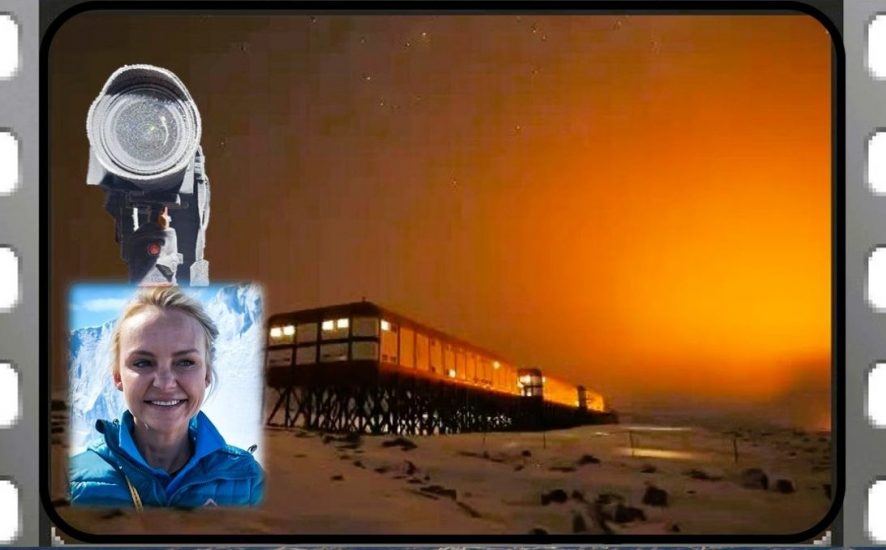Capturing Antarctica on World Photography Day 2025

World Photography Day 2025 was celebrated in a truly unique way at SANAE IV, thanks to Geomar van Tonder, a SANSA engineer and member of the SANAE64 overwintering team. During her overwintering experience on the remote Antarctic ice, Geomar has been documenting life at the base through countless photos and videos, offering rare glimpses into […]
Continue reading "Capturing Antarctica on World Photography Day 2025"


